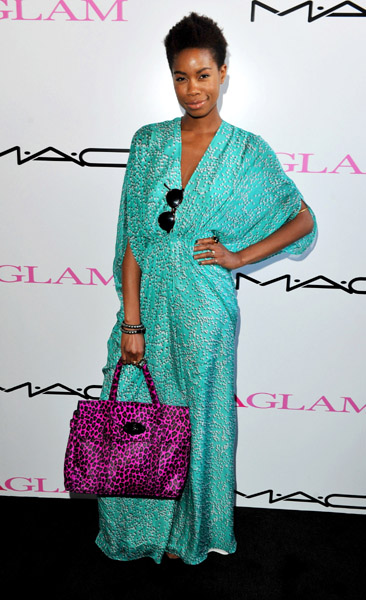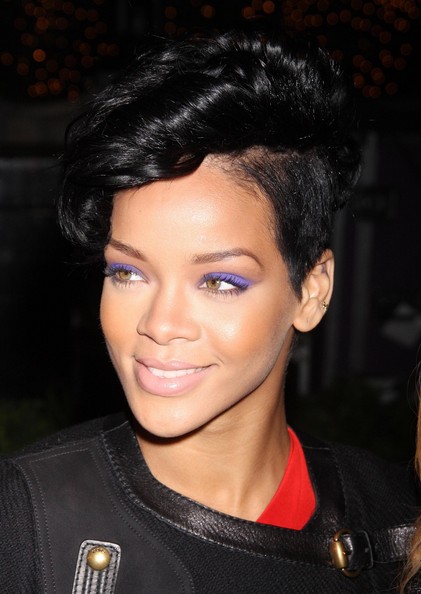What to Wear
Ever wonder how some of your favorite fashionistas put colors together to create eye-catching and fabulously colorful outfits?
The color wheel! It is an excellent wardrobe tool! In fact it was one of the first things I learned about when I studied Interior Design and Makeup Artistry. Figuring it out isn’t too complicated.
Here’s a quick breakdown:

You can make the following combos using the color wheel as your guide:
1. Colors directly next to each other (i.e. yellow and yellow-orange; yellow and yellow-green; violet and blue-violet, etc.)
2. Colors that form right (90 degree) angles with each other (i.e. yellow and red-orange; blue and violet-red; green and orange, etc.)
3. Colors directly across from each other (i.e. yellow and violet; blue and orange; red and green, etc.)
4. Colors that form a T (i.e. blue, orange, and violet-red; yellow, violet, and red-orange; yellow, blue-green, and red-orange, etc.)
5. Colors that form an X (i.e. blue, orange, violet-red, and yellow, violet, blue-green, and red-orange, etc.)
Since brown is a neutral, it will go with virtually any color on the color wheel. I love to pair a chocolate brown with cobalt blue or fuchsia or bright red—such a fun and bold combo. Of course white, black, and the hues of blue found in denim are also neutrals that go with just about anything.

Colors that are a part of a “color family” also apply. So for instance, you can substitute pink with red and still be able to pull off the combos based on the color wheel (i.e. we see that blue and red form a right angle with each other–then in Elise Neal’s outfit she wore fuchsia and cobalt blue). Get it? Good.
As for accessories, I’m definitely not a fan of colored jewelry or belts, but go crazy with colored hats, bags, shoes, or scarves. When choosing jewelry, pair gold (or gold-toned) jewelry with your warm colored outfits. Warm colors have a yellow, gold, or orange undertone to them. Wear silver (or silver-toned) jewelry with your cool colored outfits. Cool colors have a blue, pink, or red undertone to them. Since colors are broken down by hue, temperature, intensity, and tone any single hue can be either warm or cool. Just look at the undertones.
You can also use the color wheel when coming up with color combinations for your makeup. It can help you decide which makeup color to wear so that you don’t match your eyeshadow with your outfit. Check out how Rihanna paired gorgeous purple eyeshadow with her red frock:

And there you go—a breakdown of how to use color combinations to spruce up your wardrobe. You’ll be looking more fab in no time.
Hope this helps! ;)





